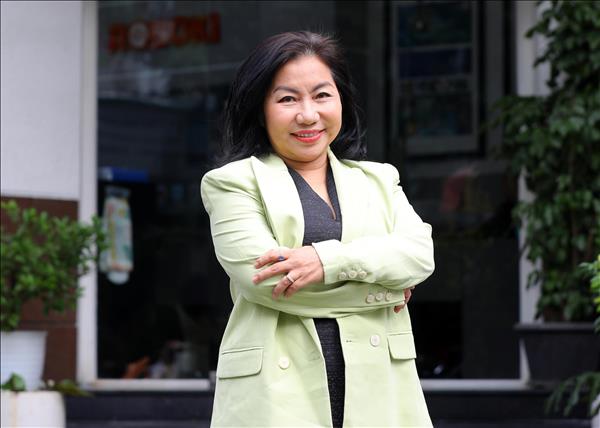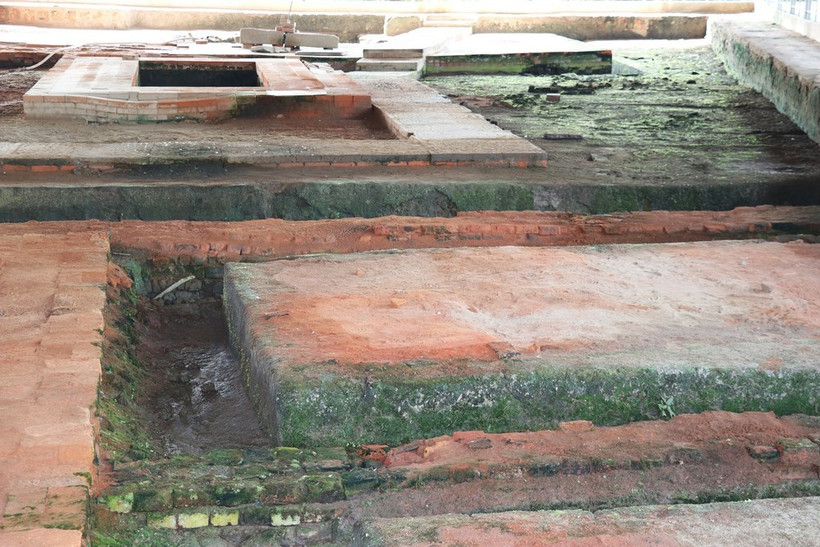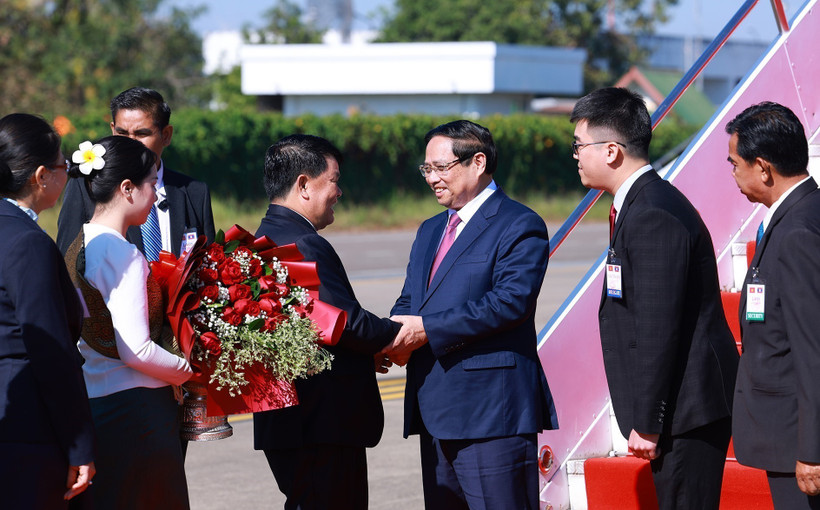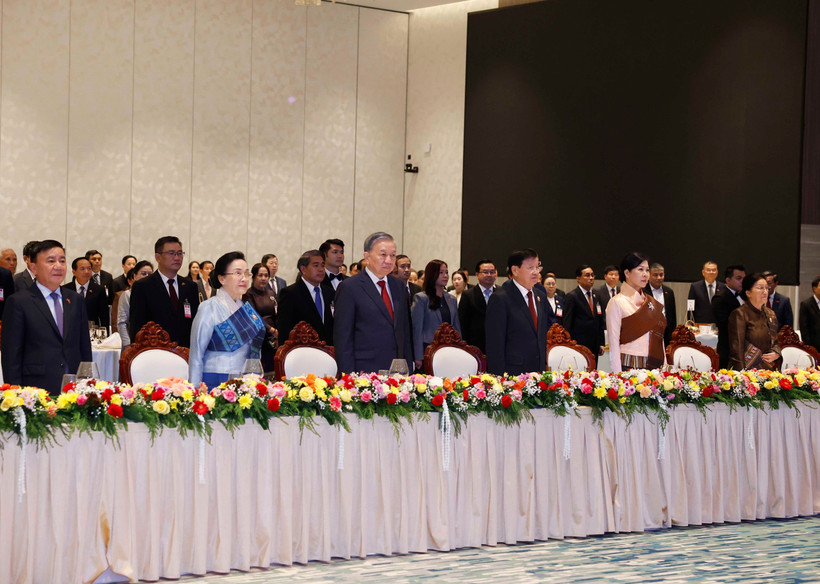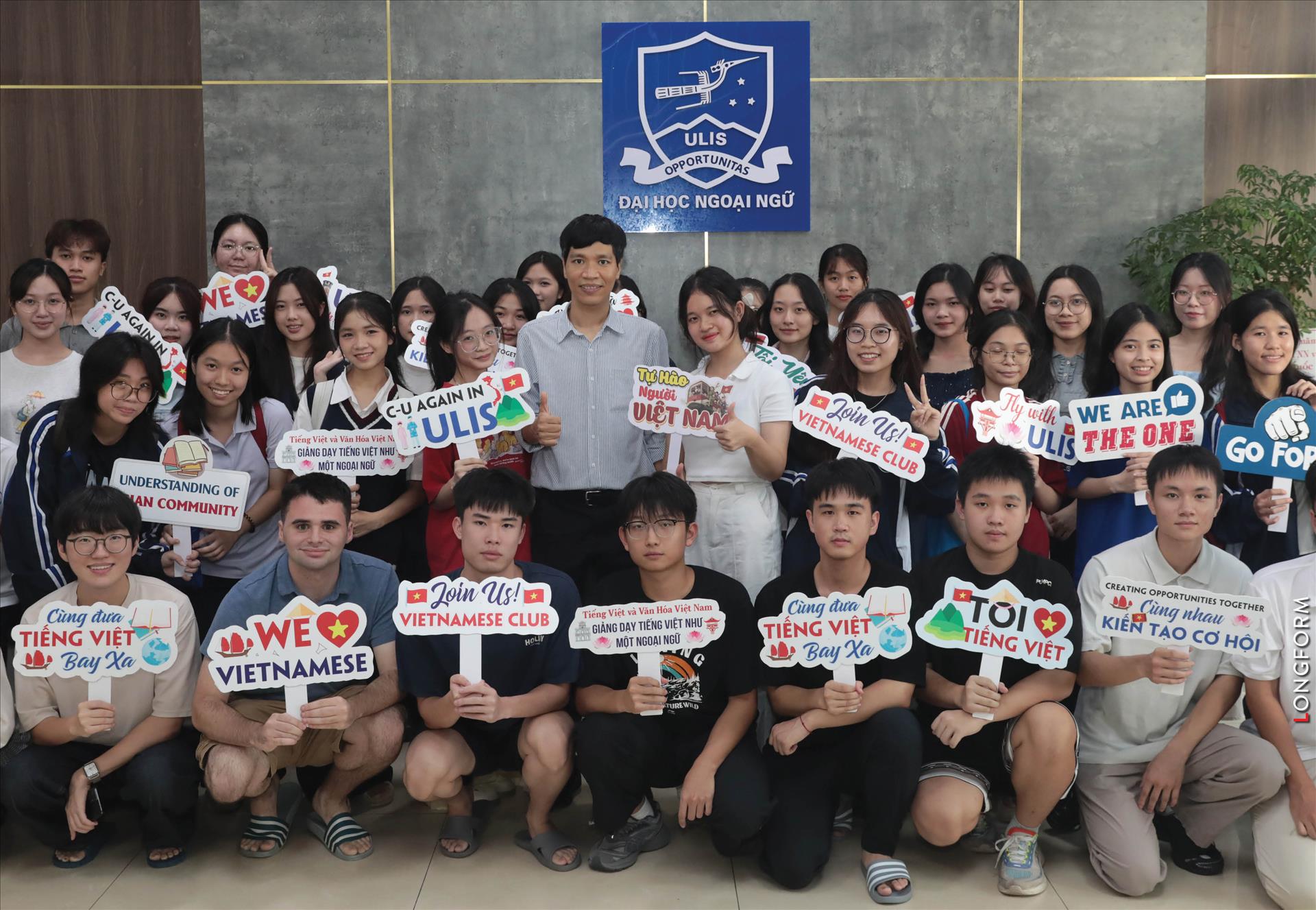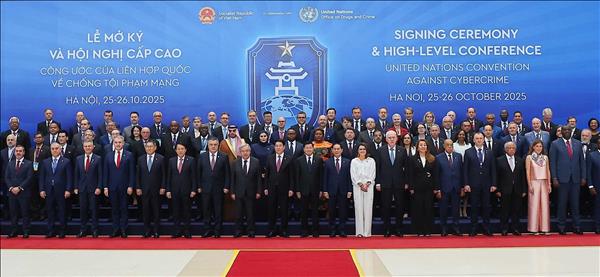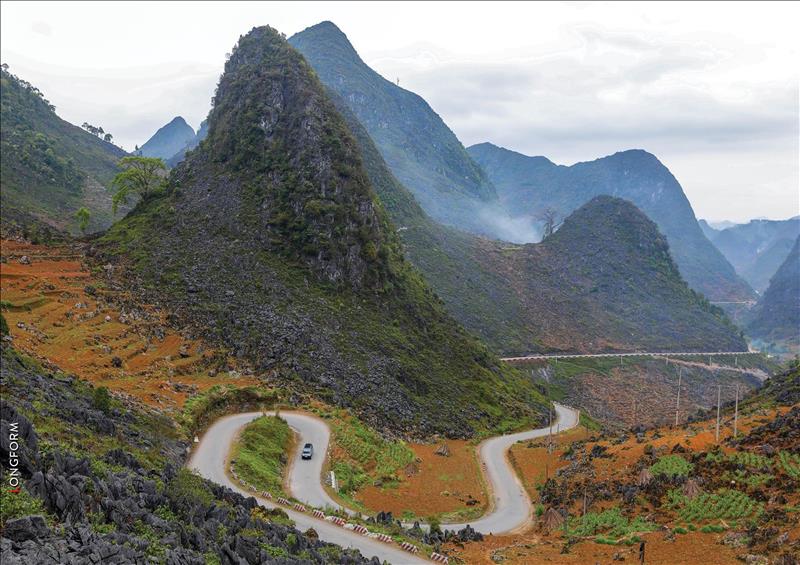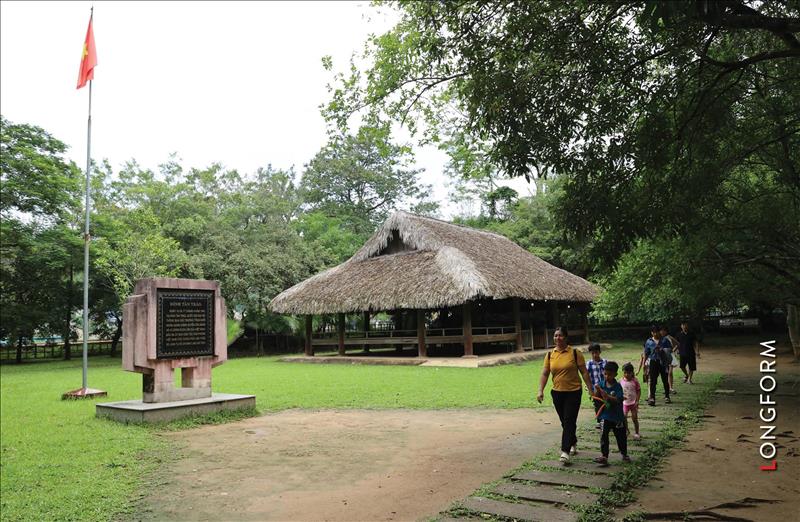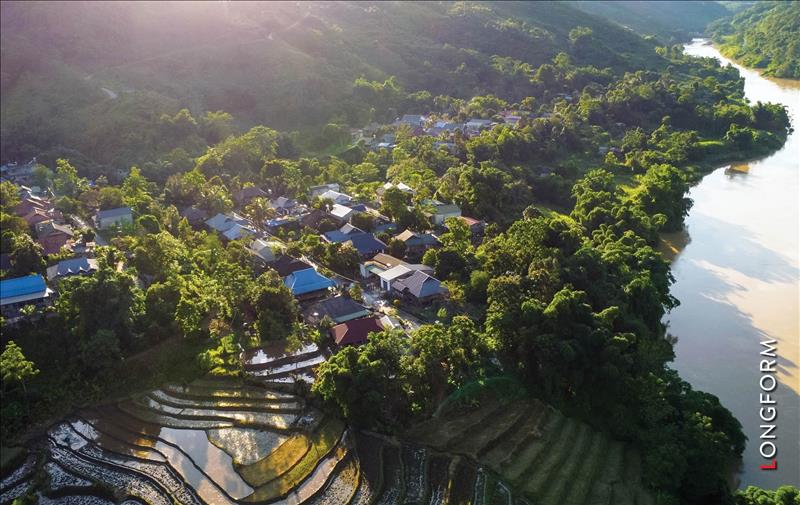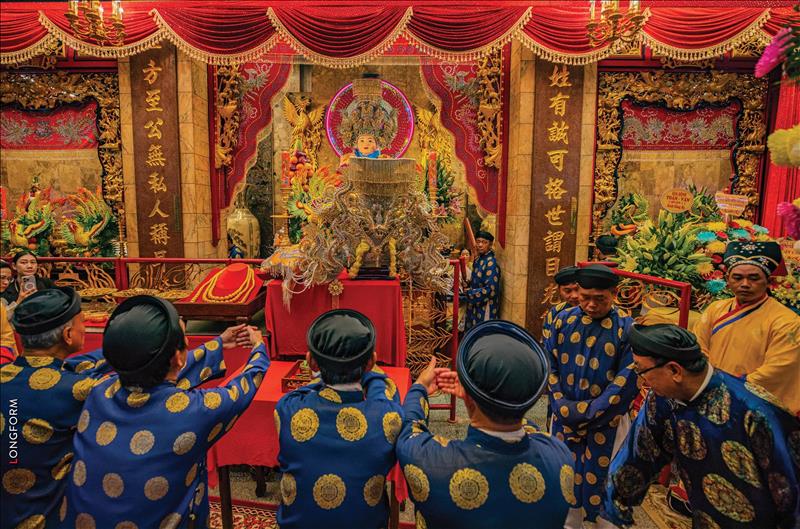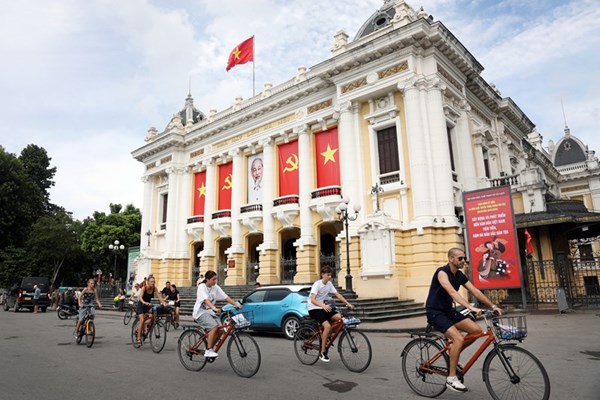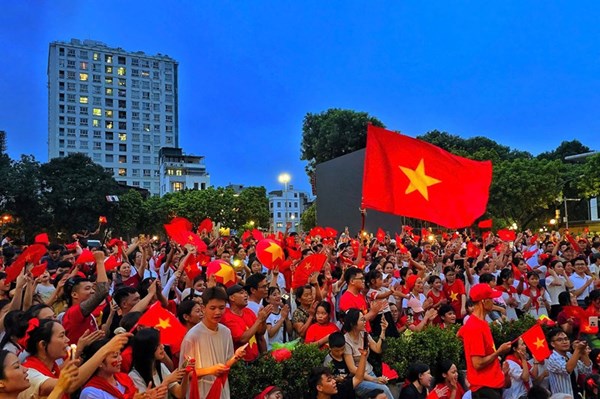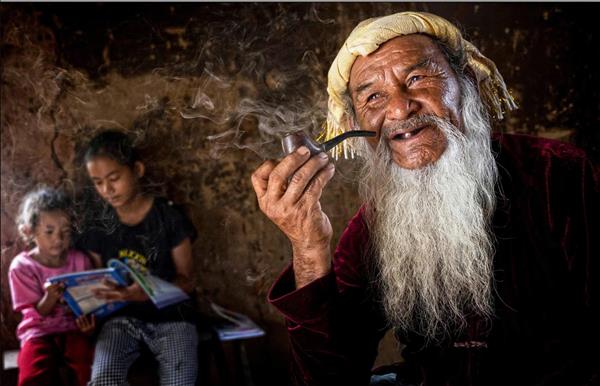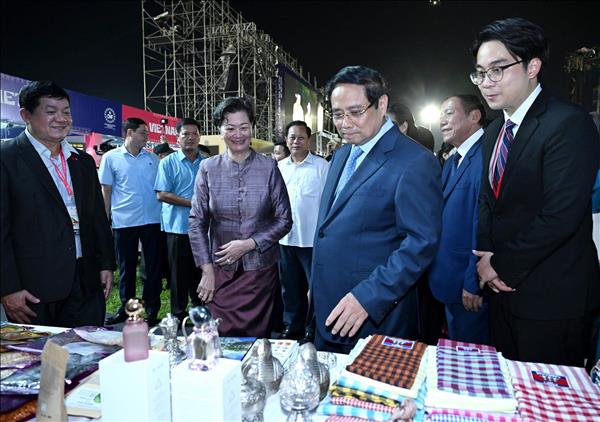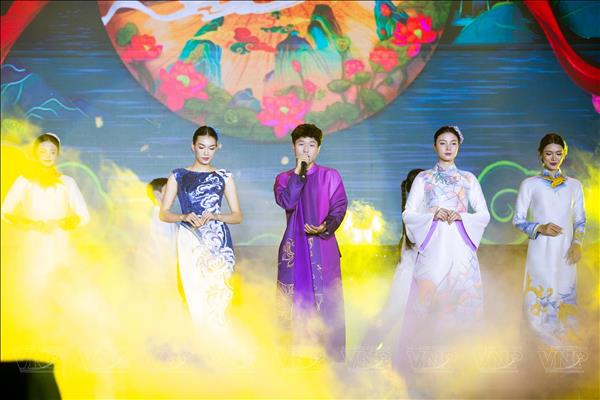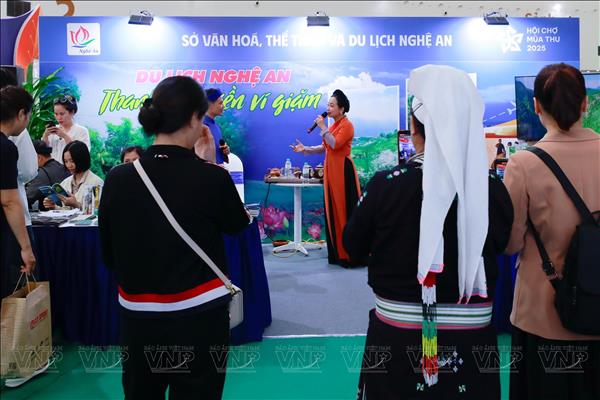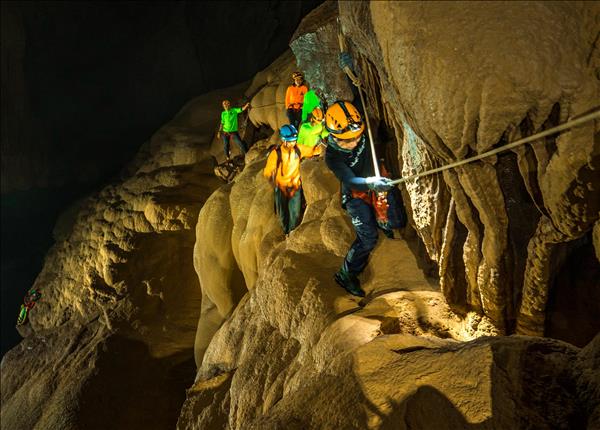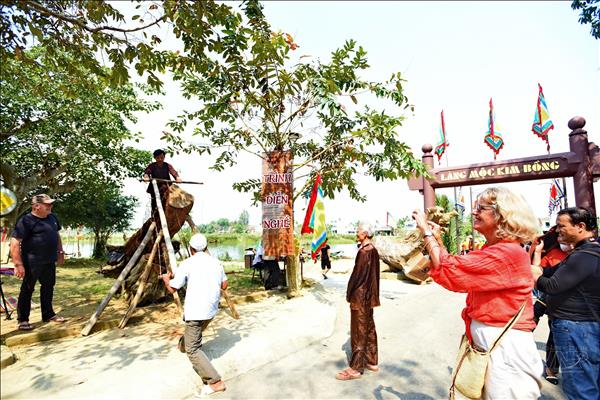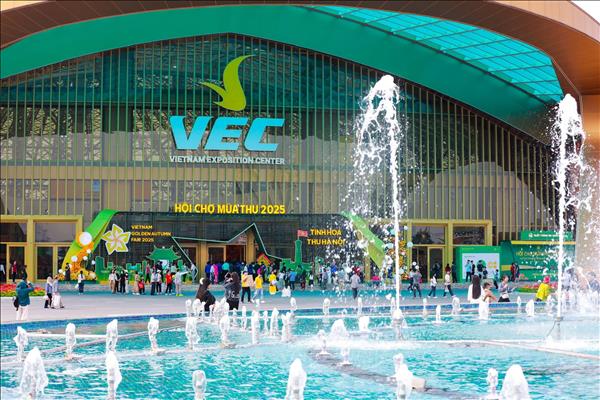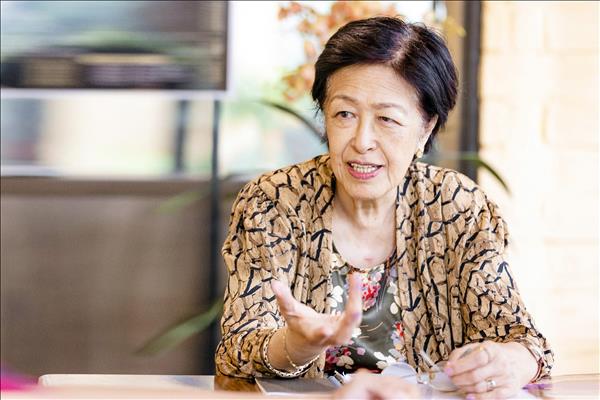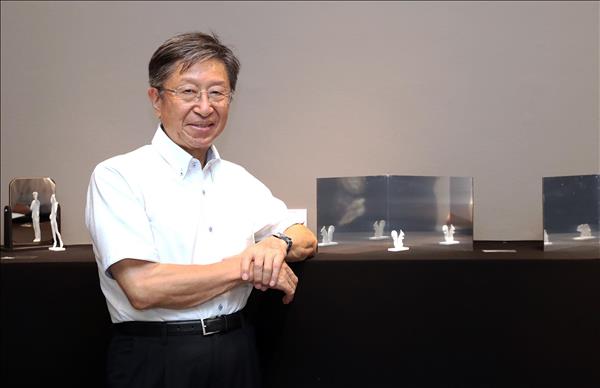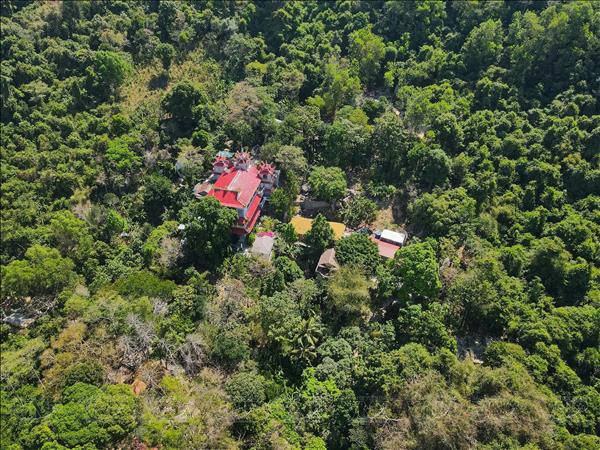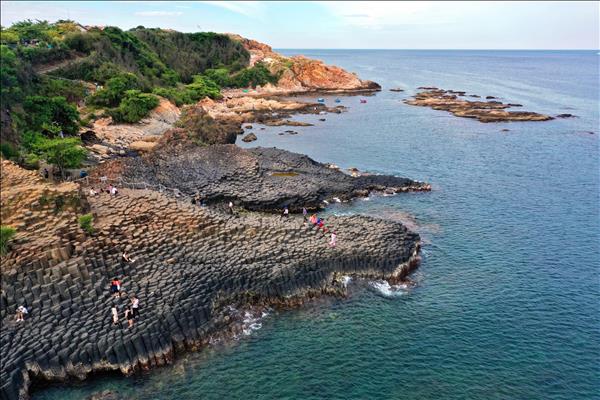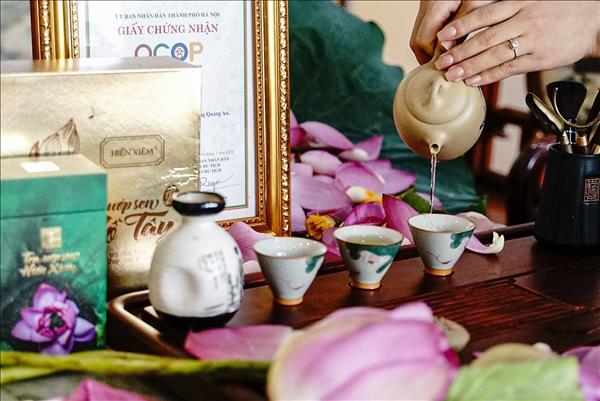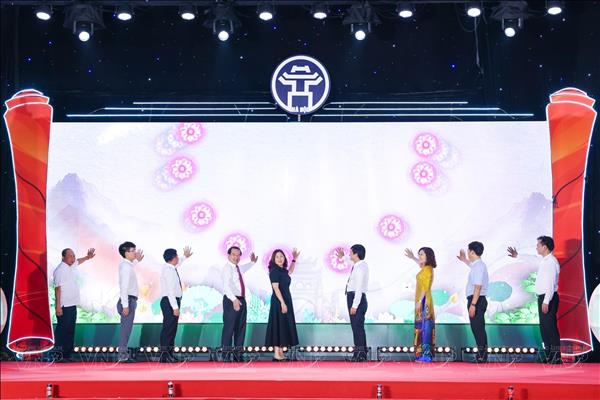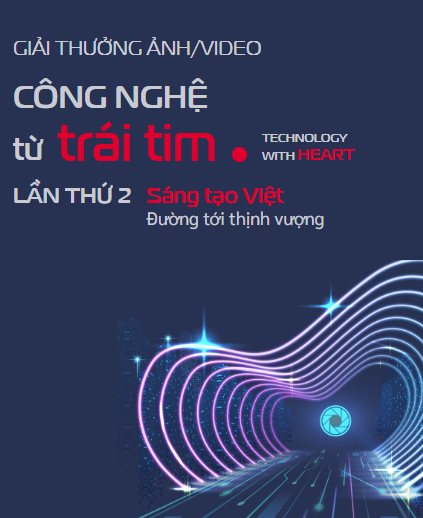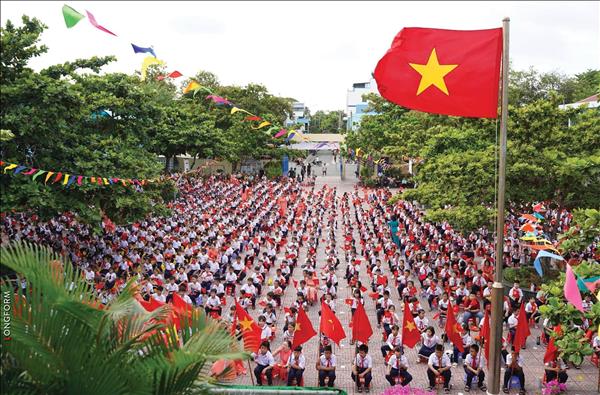
Resolution 71: Educational Breakthrough for a Stronger Vietnam
Vietnam named World’s Leading Heritage Destination 2025
Vietnam draws French holidaymakers during Christmas, New Year
Vietnam's tourism sector ramps up for Christmas, New Year peak season
Vietnam makes impression at Italy handicraft fair
Van Phong Economic Zone poised for takeoff
15th NA’s 10th session discusses enhanced power delegation for Hanoi
Music video honours Vietnamese cultural identity
Google’s Year in Search 2025 highlights rising AI adoption, strong interest in Vietnamese cultural content
Vietnam - An Emerging Magnet for International Students
In recent years, Vietnam has become an increasingly appealing destination for international students. Known for its safety, hospitality, and rich cultural diversity, the country is also gaining recognition for its rapidly advancing higher education system. A growing presence in global university rankings, combined with open visa policies, affordable tuition, generous scholarships, and accessible housing, has made Vietnam an attractive choice for students from around the world. The Epic Song of the Stone
On the Dong Van Karst Plateau, stone seems to have a destiny of its own. Children are born on the stone, young couples confess their love near a stone fence, people cultivate their livelihoods in rocky crevices, and when they die, they are laid to rest in stone tombs. The stone becomes a forest, a mountain, and a fortress, protecting the locals in their harsh lives and in their fight to defend the nation. The 17 ethnic groups living here have honored stone as their most sacred deity. They have transformed it into culture, wealth, and tourism products, turning one of Vietnam's most arid lands into a shining star of Asian tourism. A New Dawn in Heroic Lands
During the historic days of August, as Vietnam commemorates the 80th anniversary of the August Revolution (August 19, 1945 - 2025) and National Day (September 2, 1945 - 2025), Vietnam Pictorial’s reporters journeyed to Tuyen Quang, Quang Tri, and Tay Ninh - lands forever inscribed in the nation’s history. At each destination, stories of resilience, sacrifice, and progress came to life, bearing witness to eight decades of unwavering determination in building, defending and advancing the nation. Homes for All : Vietnams Drive to Eradicate Substandard Housing
For nearly 40 years of Doi moi (renewal), Vietnam has achieved many remarkable transformations. Yet, even amid a brightening socio-economic landscape, approximately 274,000 poor and near-poor households, along with policy beneficiaries, still live in temporary or dilapidated homes. The Ba Chua Xu Goddess Festival on Sam Mountain
The Ba Chua Xu (The Lady of the Realm) Goddess Festival on Sam Mountain was officially recognized by UNESCO as an Intangible Cultural Heritage of Humanity in late 2024. Every year in late April on the lunar calendar, people from An Giang Province and the broader Mekong Delta, along with visitors from across Vietnam make their way to Sam Mountain in Vinh Te Ward, An Giang, to take part in this vibrant folk celebration.

Where Old Music Echoes in the Heart of Hanoi
Keeping the Spirit of Vietnam’s Mid-Autumn Festival Alive
